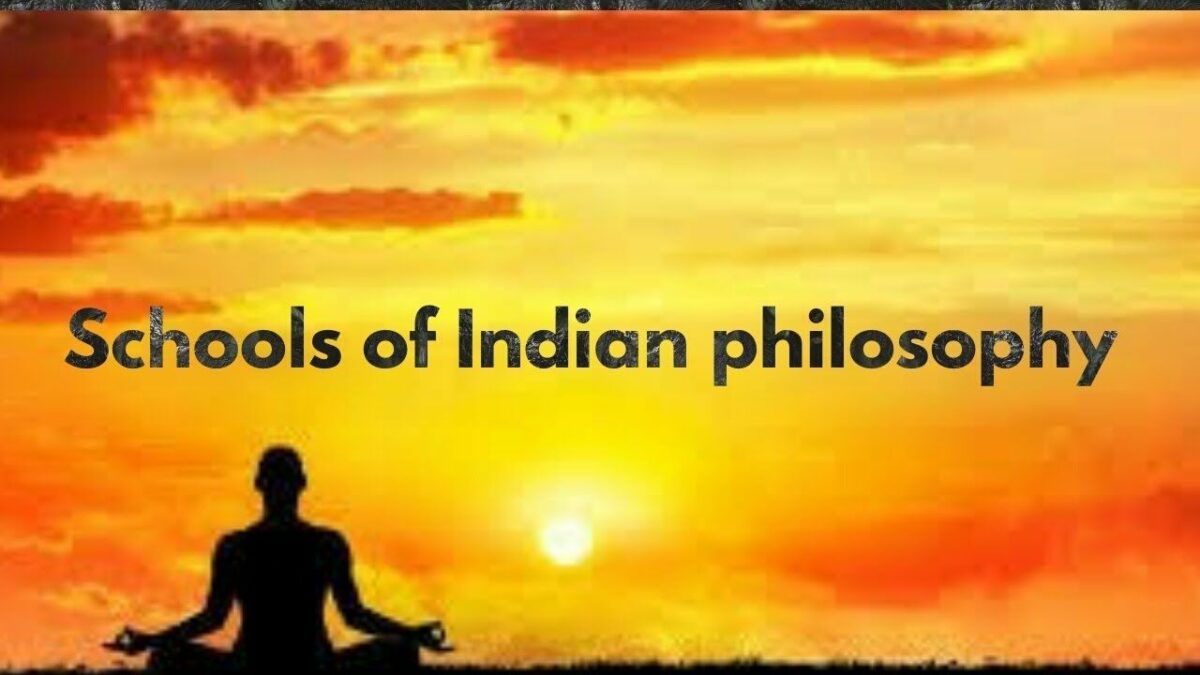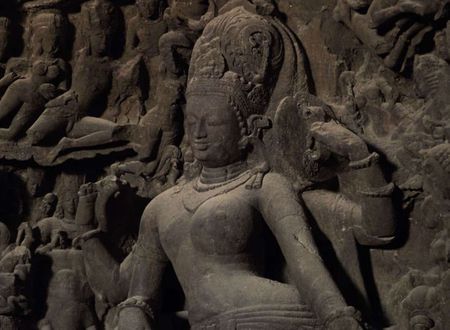To understand any religion, it is imperative to understand the underlying school of thoughts upon which the religion is based. To understand Hinduism, one has to delve deep into the roots of six underlying philosophies out of which has emerged this Great Banyan tree named Hinduism.
Six philosophies – “Shad-Darshan” :
Darshana means the way of seeing things. The same reality is seen in six different ways in the Sanatana Dharma. They are developed on top of the each other. Much like how new scientists base their research on previous assumptions and develop them further, the new philosophy takes the previous philosophy and develops new research and facts. There are six various philosophies known as “Shad-Darshan” that forms the philosophy part of Vedas. Sankhya, Yoga, Nyaya, Vaisheshika, Purva Mimamsa, and Uttara Mimamsa( also known popularly as Vedanta). We will deal with Sankhya philosophy in this article.
Sankhya Darshan:
The word “Sankhya” has come from two verbal root words: “Sam” means together, and “khya” means made known. This provides us the literal meaning of Sankhya which means compiling together what can be made known. In contemporary times, Sankhya denotes the study of 24 elements of manifested reality.
Īśvarakṛṣṇa, the Sāṅkhya-Kārikā is the most famous book for undertaking the study of Sankhya philosophy. If one has to convey the essence of Sankhya in two words, it can be said as “Purusha” and “Prakriti”. Purusha is the conscious principle and Prakriti is the unconscious manifested reality as per Sankhya. If one to describe the essence of Sankhya in three words, it can be said as the study of three guns of Prakriti: sattva, rajas, and tamas. Sattva is the principle of goodness, intelligence, illumination, and love. Rajas are the principle of activity, passion, and change. Tamas is the principle of darkness, dullness, inactivity, heaviness, and despair. If one has to put Sankhya in four words, one can talk about four aspects of mind, intellect, ego, and memory.
Founded by an ancient Sage Kapila, the underlying hypothesis of Sankhya is that the creation has come into existence due to the union of Purusha and Prakriti. There are many separate Purushas and each one of them is creating its own universe and existence. According to the Sankhya philosophy, the Purusha and Prakriti are together because of two reasons:
Purusha, although sentient, can not move on its own. You can imagine Prakriti being a hand and legs of Purusha. He illuminates and inspires her to move and act. Prakriti, although insentient, responds to Purusha’s presence and intentions. She possesses the capacity to respond in a structured and specific way due to its sattva aspect of intelligence. Thus, she reflects and moves in a way Purusha intends her to move. Her purpose is to fulfill the intentions of Purusha.
Sankhya concludes that Purusha is bound due to his attraction towards the experiences provided by the contact of Prakriti. Liberation is attained by the process kaivalya( being alone), after understanding all the elements that have been manifested and its functions, the Purusha, the conscious principle within isolates himself mentally from the object( each element gradually), with the thought “ I am not this”, and “ I have already seen this”. When Purusha feels that he has already experienced it all, he stops intending or desiring the experiences, then the Prakriti also stops the manifestation or the movement (for the individual Purusha) saying “ I have already been seen or enjoyed”. In this way, Purusha cuts off his bond one by one, with all the elements manifested and remains alone in his own company, and enters into liberation forever.
This philosophy is silent about one Supreme power running the entire universe. The focus of Sankhya is to understand the nature of manifested reality and devise a way so that individual sentient beings can be free from the transmigration cycle of birth and death.









Comments & Discussion
18 COMMENTS
Please login to read members' comments and participate in the discussion.